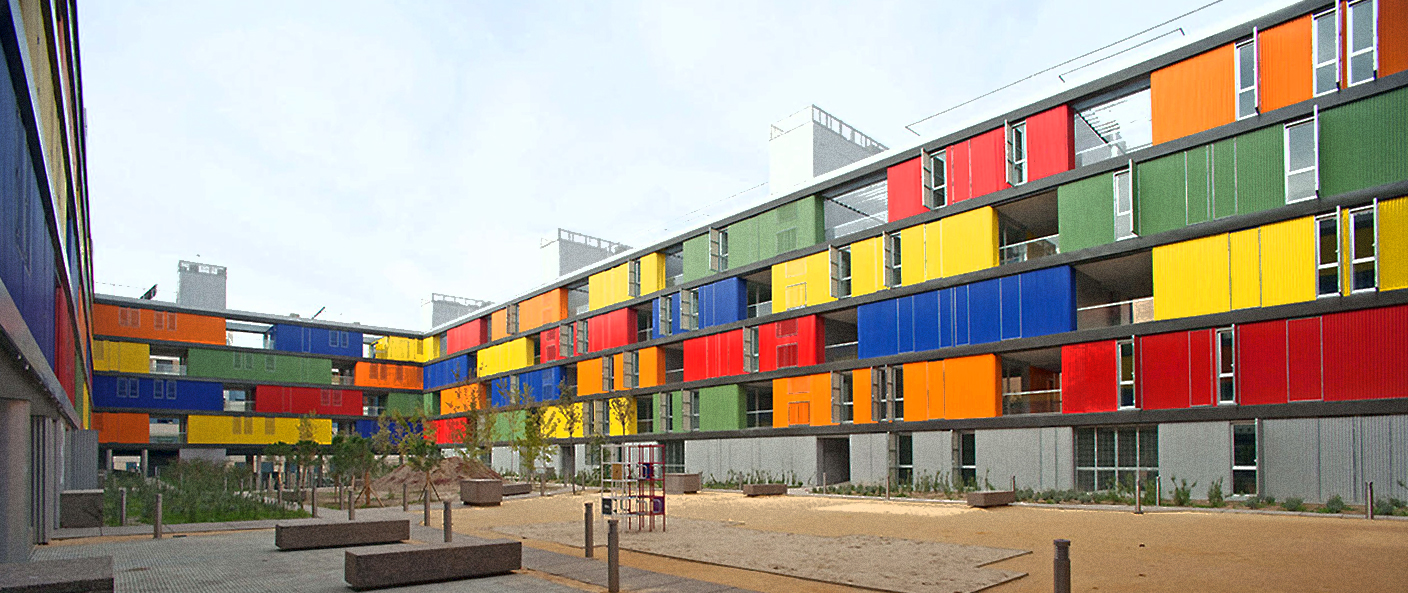Advertisement
RAL Colour Chart
Essential information concerning professional usage of RAL Colour chart is provided on this website. We do hope that you will find this guide handy. However, feel free to contact us should you have any further inquiries or questions regarding information published here.
Introduction to RAL
Our eyes can see over 16 million colours, however, recognizing every single one is impossible. It would be very hard to remember even a hundred of these colours. Yet our eyes can discern between each colour and can even tell the difference between similar hues. This can be problematic when defining colours and communicating about them. What will you say to another person when describing a particular hue? And what are the chances they will not misinterpret that particular description? To combat this issue and to bring uniformity in the description of colours, the RAL system was invented. In our article, we shall take a look at what RAL colours are and what is their significance?
What are RAL Colors?
When you describe colours by names such as aquamarine blue, or sea green, or anthracite grey the person interpreting the colours may not be thinking of the same thing. The German State Commission for Delivery Terms and Quality Assurance (RAL) developed this system called RAL Colours. It is a very popular colour matching system that is commonly used throughout Europe. They were developed after printing’s Pantone colours and the two are similar but, not the same. The RAL system is unique in the sense that it allows for a wider colour spectrum and also modifications to the said colour to suit preferences. In the sections below we shall dive deeper into what these colours are and why they are important.
A very brief history of RAL Colours
There is a timeline for the RAL colour system and if we go by chronologically, we will understand its importance.
RAL Classic chart essentials
Initially, the German organization RAL invented around 40 colours in 1927. Before the introduction of the RAL Classic manufacturers and customers had no clear way to describe colours to each other and simply had to rely on exchanging the tints they wanted. The Classic system gave people a much easier way to exchange colour information. As tints keep developing, a lot of new ones were added and in 1961, it was revised to consist of 213 tints. To avoid the confusion of transposed digits the colours were given supplemental names. In the 1980s, a new variant of the RAL Classic was developed, called the RAL 841 GL for glossy surfaces and it was limited to 193 colours.
A brief overview of RAL Classic colour shades
The arrangement of RAL Classic shades
The RAL Classic colours come with a four-digit number and the letters RAL. The first digit is the system code for 9 classic shades, which are: 1 is yellow, 2 is orange, 3 is red, 4 is purple, 5 is blue, 6 is green, 7 is grey, 8 is brown, and 9 is white and black. Each of these shades has many other colours associated with it.
Click below to further explore each shade set of RAL Classic colour chart:
RAL Classic Yellow Chart
RAL Classic Orange Chart
RAL Classic Red Chart
RAL Classic Purple Chart
RAL Classic Blue Chart
RAL Classic Green Chart
RAL Classic Grey Chart
RAL Classic Brown Chart
RAL Classic White and Black Chart
Even more RAL Colour collections to discover
New colour collections show up occasionaly, the most notable of them (in addition to RAL Classic) are the following RAL sets:
RAL Design Colour chart
As the world looked towards technology, in 1993 RAL introduced a new colour matching system for designers, architects, and advertisers. This collection consist of a total of 1625 colours. The RAL Classic chart and Design colour collection does not have any colours that intersect.
RAL Effect Colour chart
The first collection comprised of 70 metallic colours. There are a total of 420 colours in the system. It was the first from RAL that was based on waterborne paint systems.
RAL Plastics Colour chart
The colour standard made by RAL specifically for plastics, this system uses plates made of polypropylene to ensure that the RAL paint colour shade translates into a similar shade for plastics. There are two versions the P1 which has 100 shades from the RAL Classic system and the P2 which has 200 shades from the RAL Design system.
Essential areas of RAL Chart embodiment
Once the RAL system came into play, the way manufacturers and customers interacted changed completely. Now people could easily exchange a number from the chart and get the desired hue they wanted. Once the RAL Classic system was invented, it suddenly became very important. This is because most of the colours were used in warning and traffic signs. They were also picked up by various governmental agencies. The Austrian, Swiss and German Postal Service use the RAL 1021,1004 and 1032 respectively.
The German military also uses this system and in fact, the RAL F9 was created in 1984 specifically for their usage. Three colours form a part of this system namely bronze, tar and leather; they use the codes RAL 6031, 9021, and 8027 respectively.
RAL Effect is used for industrial applications. The metallic colours are free of any sort of cadmium, chromate, or lead elements. There is also a planning tool called RAL Color Feeling, which allowed designers to combine colours and add a personal touch to it. You can also use it for colour matching interior design. It has also found its way into 3D printing.
The primary intention for the creation of the RAL systems was to be used in powder coating and varnish purposes. However, It is now used everywhere from architecture and construction to recreation.
Disadvantages of using RAL standard in design application
RAL has been one of the leading metrics for colour systems in the world. They have been in the business for almost a century. They make precise colour swatches, charts, and software along with a clear numerical notation for standardized colour communication.
The pros are that RAL systems are used by industries for paints, sprays and varnishes. Thus if you are looking for any form of home or industrial production and application, the RAL colour system should be your choice.
The only real cons are the fact that RAL itself does not manufacture any paint. You have to match the paint to a RAL colour deck or a swatch. RAL colours are also ones that have superior interest in them and are not subject to fashion trends. Unlike Pantone, you cannot find an exact match for a RAL colour when used in the purposes of print and media.










